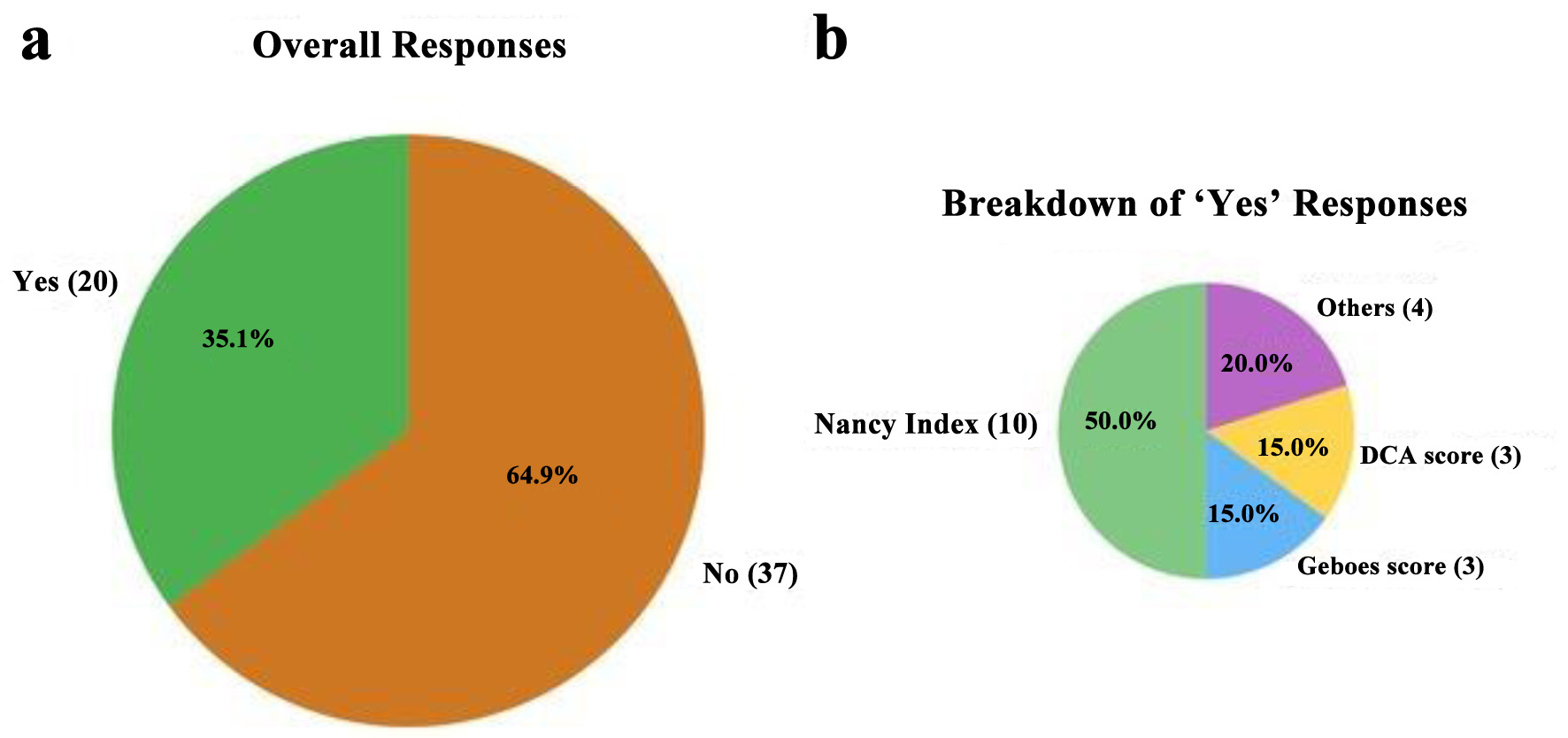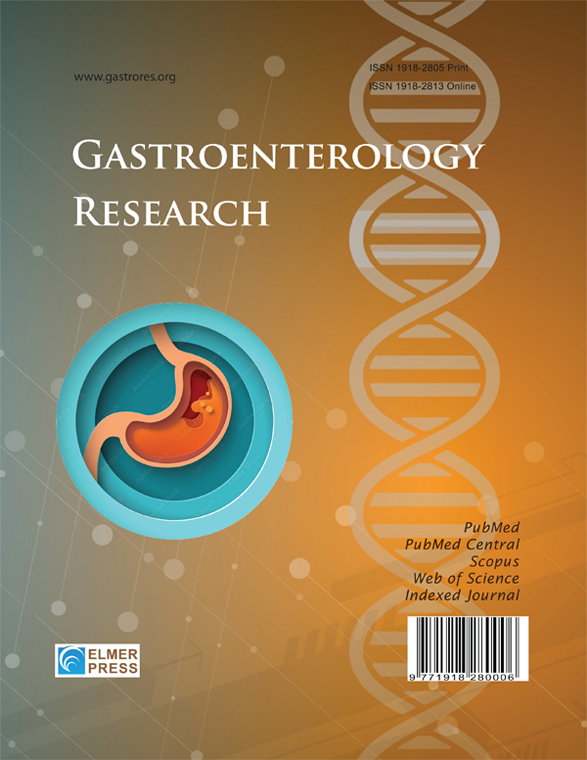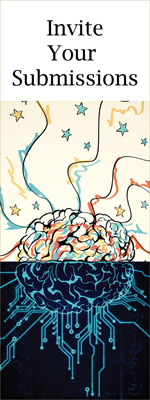Histologic Assessment in Ulcerative Colitis: A Survey of Pathologists’ Practices and Perspectives
DOI:
https://doi.org/10.14740/gr2065Keywords:
Artificial intelligence, Geboes score, Histologic remission, Nancy Index, Robarts Histopathology Index, Survey, Ulcerative colitisAbstract
Background: Histologic remission is increasingly recognized as an important endpoint in ulcerative colitis (UC) management. Consensus guidelines on adopting histologic scoring systems in clinical practice are lacking in the United States. This study aimed to assess the knowledge, attitudes, and practices of pathologists, primarily located in North America, regarding histologic evaluation in UC.
Methods: This study surveyed a group of pathologists who have completed postdoctoral medical training with demonstrated interest and involvement in the field of gastrointestinal pathology to evaluate their knowledge, practices, and perspectives on histologic assessment using standardized scoring systems in clinical practice in UC patients. The survey was hosted on an online platform, and responses were recorded anonymously.
Results: A total of 57 responses were included in the analysis. Nearly two-thirds of pathologists acknowledged a lack of familiarity with the criteria for histologic remission as defined by the Nancy Index (NI), Robarts Histopathology Index (RHI), and Geboes score (GS). A majority (37/57; 65%) of pathologists did not support routine inclusion of a histologic score in pathology reports. The remaining 20/57 (35%) pathologists advocated for the incorporation of a standardized index, with the NI favored by 10/20 (50%) followed by the GS (n = 3; 15%) and the IBD-Distribution, Chronicity and Activity score (n = 3; 15%). Nearly a half (27/57; 47%) of the respondents acknowledged a favorable role for artificial intelligence in this setting.
Conclusions: The current survey highlights the need for collaborative efforts among pathologists, gastroenterologists, and professional societies to establish a consensus guideline for routine histologic assessment in UC. Additional guidance from professional societies and research are required to integrate artificial intelligence-driven approaches into routine clinical practice.

Published
Issue
Section
License
Copyright (c) 2025 The authors

This work is licensed under a Creative Commons Attribution-NonCommercial 4.0 International License.










